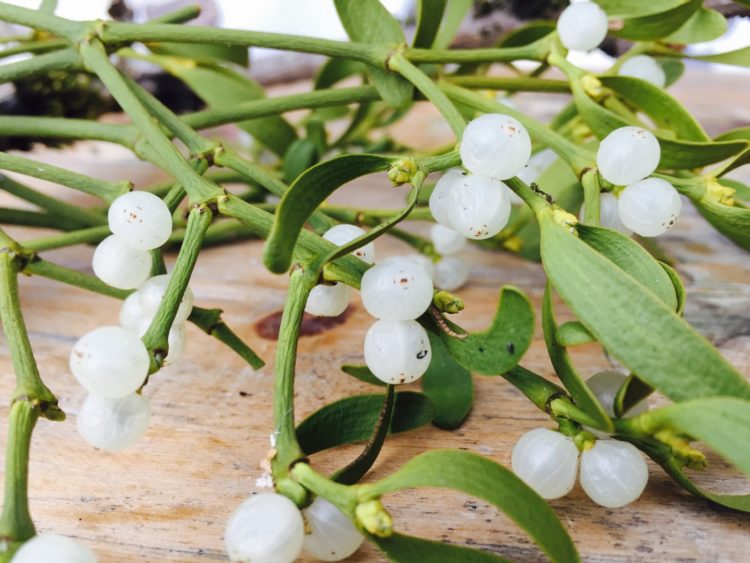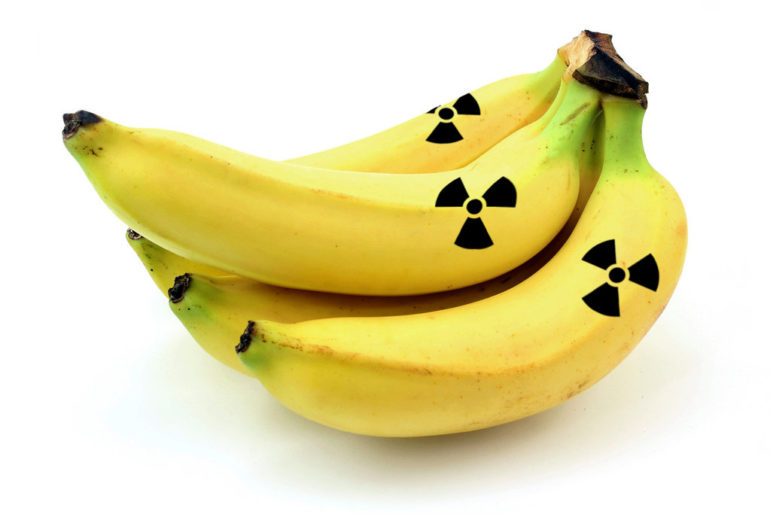Is mistletoe really poisonous?
Over the years, you may have heard that mistletoe can kill people — and pets — if they manage to eat it. But is this little plant actually poisonous, or is that mostly hype?
Mistletoe: friend or foe?
Mistletoe — a semi-parasitic evergreen that grows attached to and within the branches of other trees — has been used as a Christmas decoration since the 18th century.
And while none of us think much of this bushy green plant and its little berries, other than to kiss underneath it, many would have us be concerned that the mistletoe is a poisonous plant. Is it?
A bit of botany
The name mistletoe originally referred to Viscum album, also commonly known as European Mistletoe. Found in the wild in Great Britain and large parts of Europe, this particular species isn’t native to North America and doesn’t grow wild here.
Enter Phoradendron serotinum, otherwise known as Eastern Mistletoe — which does grow wild in North America. These are the most common, the mistletoe family contains over 900 species.
Pretty poison
Out of the two most common varieties of mistletoe, it’s the European (Viscum album) that is actually a poisonous plant. This doesn’t mean if you’re in the US you should just go wild and start gnawing on the thing.
Unfortunately, unless you’re handy at telling the 900+ species of the mistletoe family apart, I would not suggest consuming it — or letting your pets get too close.
The symptoms of mistletoe poisoning include gastrointestinal distress (stomach pain, vomiting, diarrhea), slowed heart rate and breathing, and other potential health issues.
The ASPCA considers it to be toxic to dogs, cats and horses.

Is mistletoe really poisonous? The good news
All is not gloom and doom when it comes to everyone’s favorite holiday kissing spot. According to the New York Times, studies have shown that in hundreds of reported cases of accidental mistletoe ingestion, not one fatality was reported.
Another showed that only a handful of patients showed any reaction to ingesting the plant at all. The species weren’t identified beyond “mistletoe,” so there’s no way to tell if it was the toxic Viscum album or its tame American cousin, but I think you get the point.
The better news: Possible health benefits of mistletoe
Mistletoe has been used in folklore remedies and as a medicinal plant for thousands of years.
According to a medical study published in 2014, European mistletoe (Viscum album L.) extracts are some of the most commonly prescribed complementary therapies for cancer patients in Europe.
It’s being evaluated for use treating breast cancer, colon cancer and advanced solid cancers. Other researchers are taking a look at its impact on endometriosis and post-menopausal issues.
Where the name came from
It is interesting to understand the origin of the name. After early observers noted that mistletoe was often in the same places where birds had pooped, they came up for the name for the plant.
In Anglo-Saxon, “mistel” means dung, and “tan” is the word for twig. Dung on a twig — that’s mistletoe!
To sum it up, eating mistletoe won’t kill you, but it’s not recommended — and it just can’t taste that great.
But when it comes to certain medical treatments administered by qualified professionals? That dung on a tree might just be a big boon to human health.







